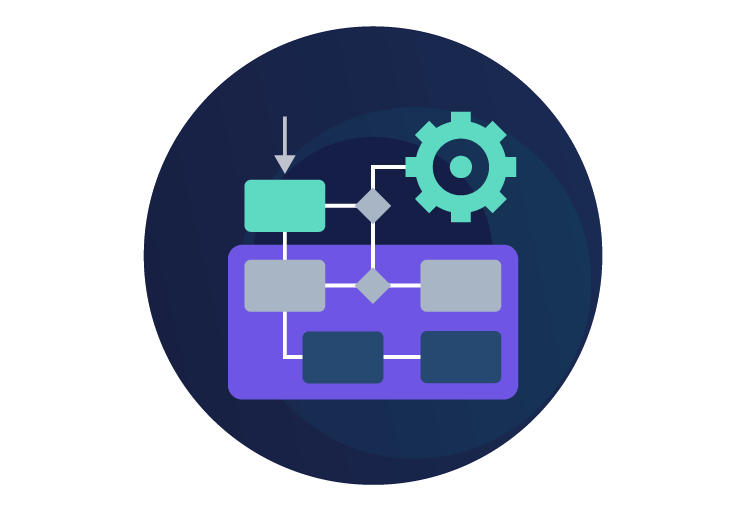Introduction
Business Capability Management (BCM) is a strategic approach that aligns a company's core competencies with its organizational goals and objectives, primarily focusing on maximizing efficiency, agility, and competitiveness in a rapidly evolving business environment. Central to BCM is the concept of Business Capability Maps, which visually represent what a business does (its capabilities), rather than how it does it (its processes).
What are Business Capabilities?
A business capability is a fundamental element that combines skills, processes, and technologies to enable a business to deliver services or products to its customers. These capabilities are abstract yet concrete enough to be assessed, managed, and invested in.
Business Capability Maps
Business Capability Maps are a key tool in enterprise architecture, providing a high-level view of what an organization does. These maps:
- Break down organizational functions into distinct capabilities.
- Illustrate the relationship between capabilities and business goals.
- Help identify redundancy and gaps in processes.
- Facilitate better strategic planning and resource allocation.
The Role of Business Capability Management in Strategic Planning
BCM plays a critical role in strategic planning, offering a clear and simplified view of the organization from a capabilities perspective. This approach allows leaders to:
- Align investments with strategic objectives.
- Drive digital transformation and enterprise transformation initiatives.
- Enhance agility and responsiveness to market changes.
Business Capability Maps in Digital Transformation
In the context of digital transformation, Business Capability Maps provide a framework for identifying areas where technology can enhance or streamline operations. By visualizing capabilities, organizations can better understand where digital tools can have the most significant impact, leading to more effective transformation strategies.
Implementing Business Capability Management
The implementation of BCM involves:
- Identifying and defining business capabilities.
- Developing a Business Capability Map.
- Aligning capabilities with strategic objectives and technology.
- Continuously reviewing and updating capabilities to reflect changes in the business environment.
Benefits of Business Capability Mapping
- Improved Strategic Alignment: Ensures that business activities are in line with the organization's strategic direction.
- Enhanced Operational Efficiency: Identifies and eliminates process redundancies and inefficiencies.
- Better Resource Allocation: Helps in prioritizing investments in areas that offer the most value.
- Facilitates Enterprise Transformation: Guides the organization through significant changes, including mergers, acquisitions, and market shifts.
- Supports Enterprise Architecture Planning: Provides a clear view of the organization for better technology and process decision-making.
Conclusion
Business Capability Management and Business Capability Maps are indispensable tools in the realms of strategic planning, digital transformation, enterprise transformation, and enterprise architecture. By understanding and implementing these concepts, organizations can achieve greater alignment between their strategies and operations, leading to enhanced efficiency, agility, and competitive advantage.
Last Updated on 16 October, 2024










